Juno
Latest

Listen to the 'sound' of Jupiter's moon Ganymede thanks to the Juno probe
NASA's Juno probe has 'heard' Jupiters' giant moon Ganymede by recording magnetic field activity during a fly-by.

Juno probe provides the first 3D view of Jupiter's atmosphere
NASA's Juno probe has offered the first 3D view of Jupiter's atmosphere, showing a flurry of activity beneath the surface.
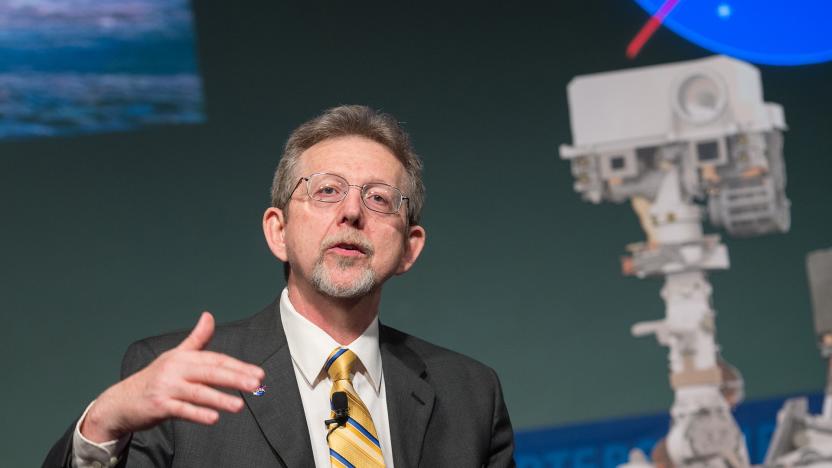
NASA's chief scientist will retire in 2022
NASA chief scientist Jim Green is retiring in 2022 after overseeing projects like the Curiosity rover and New Horizon.
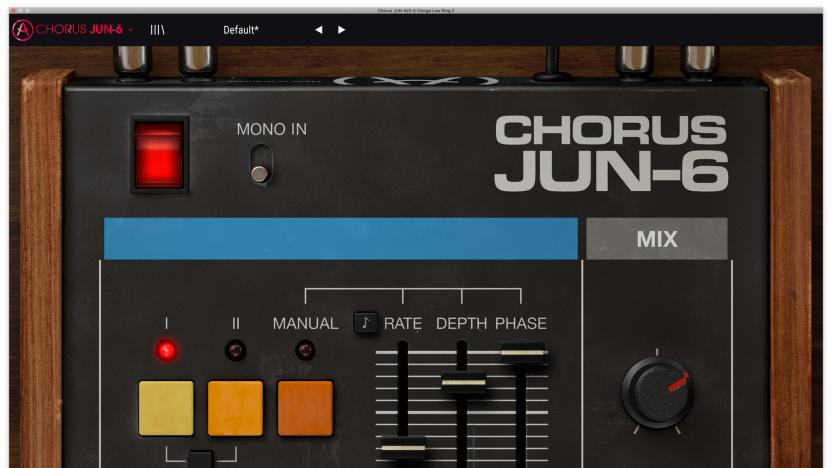
Arturia's JUN-6 is a free chorus plugin based on the iconic Juno synth
Arturia’s new V Collection 8 added a recreation of the iconic Juno-6, so in the spirit of the holiday season (and a dash of self promotion), the company is giving away a free version of the chorus effect from that plugin until December 29th.

Roland’s JU-06A stuffs iconic '80s sounds in a tiny portable synth
There are a few instruments that really defined the sound of the 80s: The Yamaha DX7 and the gated snare chief among them. But just as important was Roland's Juno line of analog synths. They were (at the time) reasonably priced polyphonic synths that found their way into studios with the Cure, Madonna, A-ha, Duran Duran. It's no surprise then that one of the first entries in Roland's portable Boutique series attempted to emulate the classic Juno-106. It's also no surprise that it's the first entry in the Boutique line to get a sequel.
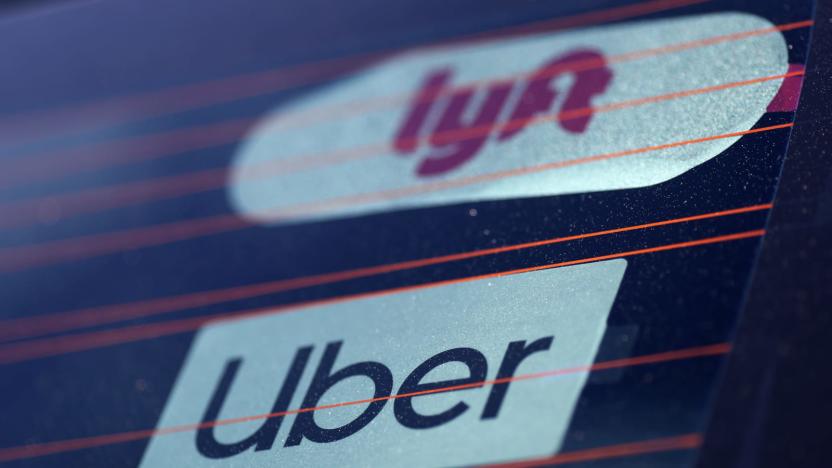
A sixth of ridesharing cars have unfixed safety recalls
It's not just ridesharing drivers that merit some safety concerns -- the car might be a risk as well. Consumer Reports has conducted a study indicating that 16.2 percent of the nearly 94,000 ride hailing cars it identified in New York City and King County (including Uber, Lyft and smaller outfits like Juno), Washington had at least one unaddressed safety recall. About 1.4 percent of total rides had Takata's faulty airbags, while 25 had "at least" five open recalls.

Lyft loses NYC lawsuit over minimum wage for drivers
The New York Supreme Court ruled today to uphold New York City's minimum wage for drivers working for ride-sharing services, shooting down a challenge to the rule from Lyft. The ruling will maintain the New York Taxi and Limousine Commission's (TLC) minimum wage requirement of $17.22 per hour after expenses, which is one of the first wage floors for ride-share drivers in the country.
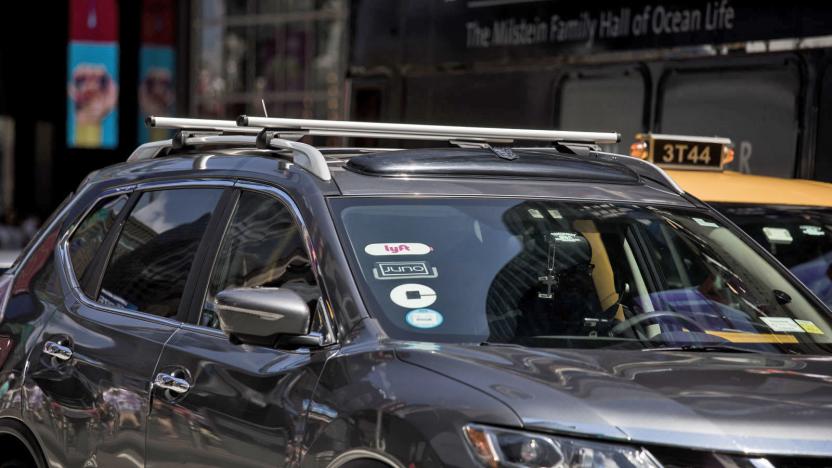
NYC passes minimum pay wage for Uber and Lyft drivers
New York City's Taxi and Limousine Commission voted today to establish a minimum wage for drivers working for companies like Uber, Lyft, Juno and Via. The city is the first in the US to set a minimum pay rate for app-based drivers. Going forward, the minimum pay will be set at $17.22 per hour after expenses, bringing it in line with the city's $15 per hour minimum wage for typical employees, which will take effect at the end of the year. The additional $2.22 takes into account contract drivers' payroll taxes and paid time off.

NASA extends the Juno spacecraft mission for three more years
Good news, space fans: NASA has given the Juno spacecraft the time (and money) it needs to be able to accomplish its missions. The probe, which left our planet in 2011 and reached Jupiter in 2016, was supposed to wrap things up in February this year. Now, NASA has agreed to fund the project until fiscal year 2022 and to extend its science operations for 41 more months. That means Juno will be orbiting the gas giant until July 2021 and will spend the months after that analyzing data.
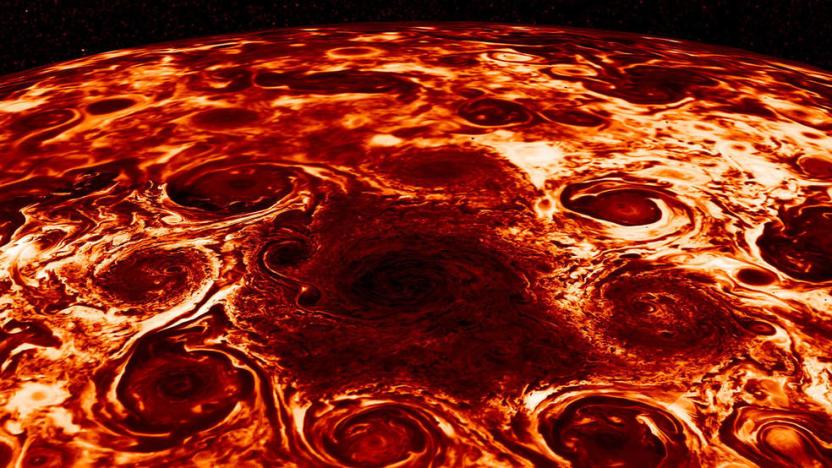
Jupiter's north pole comes to life in this 3D infrared video
If nothing else, the spacecraft Juno, which is currently in an elongated orbit of Jupiter, has taught us that the largest planet in our solar system is weird. From spectacular photographs to readings that make us question what this giant even is, Juno has done a spectacular job uncovering the gas giant's mysteries. Now, NASA has released a 3D infrared movie of Jupiter's north polar region, depicting the intense storms in the area, as well as the dynamo that powers the planet's massive magnetic field.
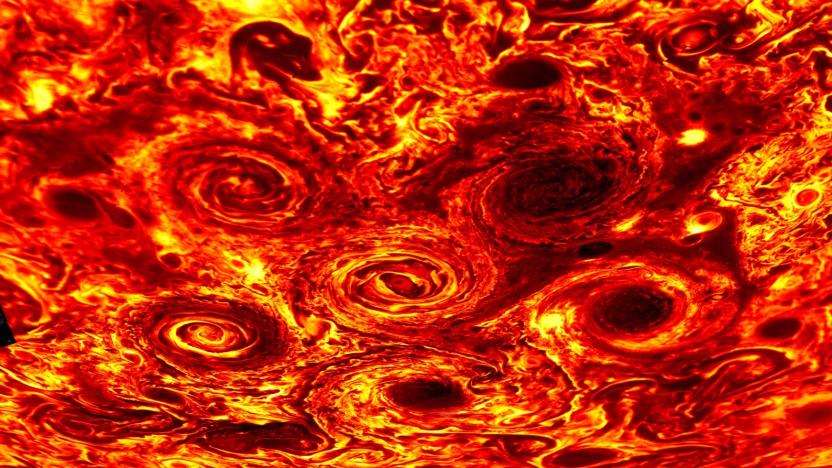
Juno gives us a look at what’s happening beneath Jupiter’s surface
The Juno spacecraft has been orbiting Jupiter since 2016 and it has already provided us with a wealth of information about the gas giant. Today, four Nature papers describe new observations about Jupiter that give us a look at the planet's poles and a much better understanding of what lies underneath its surface.

NASA releases close-up photos of Jupiter's Great Red Spot
Anybody who's taken a look at images of Jupiter has seen its Great Red Spot, the planet's massive storm that's been raging for the past 350 years. This is the first time we're seeing it this close, though, and it's all thanks to NASA's Juno spacecraft. The probe flew 5,600 miles above the spot on Monday, the closest it's even been to the planet's iconic feature, while all eight of its instruments collected data. Now, NASA has released the first batch of close-up images taken by JunoCam, showing the ancient storm in greater detail than we've ever seen before.
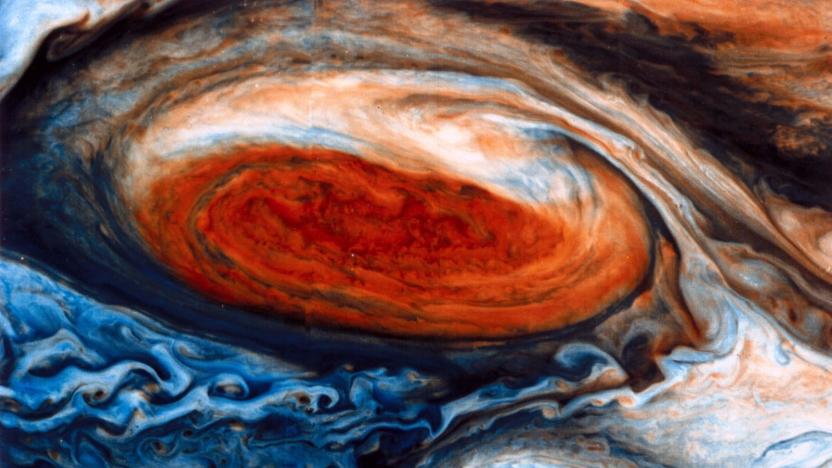
NASA seeks Jupiter's secrets with historic spacecraft flyover
Every planet in our solar system is famous for something. Saturn has its rings, Mars has its soil, Uranus has that unfortunate name, and Jupiter has the Great Red Spot: a titanic storm that has been spinning for more than 350 years. Though we've peered at the distant gas giant's iconic feature since the 1830s, we still know little about its inner workings. That could change on Monday night, when the Juno spacecraft flies directly over the Great Red Spot for the first time in human history.
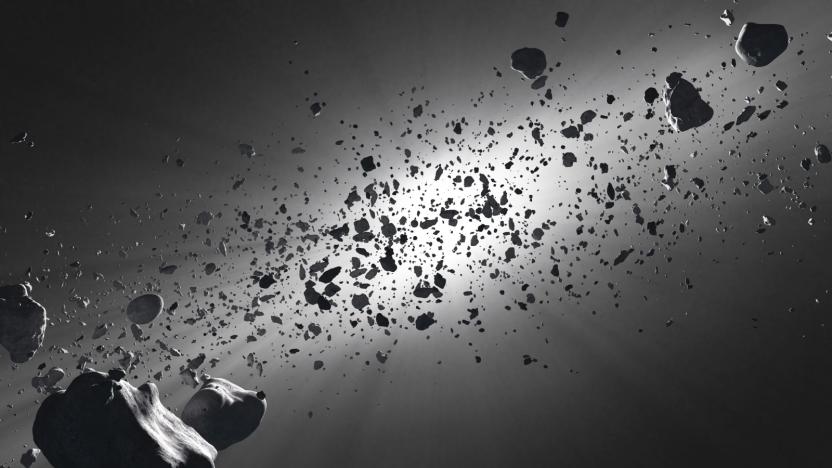
'Asteroid Day' is a good time to learn about the threat of space rocks
On June 30th, 1908, more than 770 square miles of remote Russian forest were obliterated from the face of the Earth when a relatively small meteor, estimated at only around 400 feet across, unleashed 15 megatons of energy above the Stony Tunguska River. One hundred and nine years later, humanity knows precious little more about the dangers that lurk within our solar system than we did in 1908. But a recently founded "global day of education" aims to bring the existential threat that space rocks pose to the forefront of our collective consciousness.
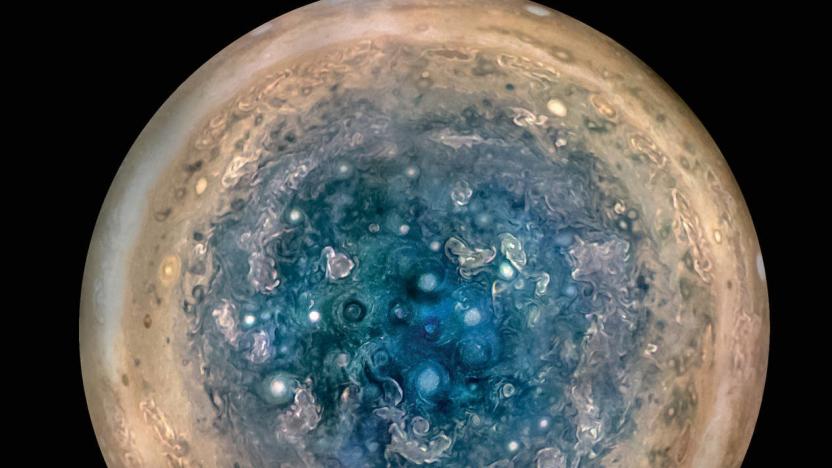
NASA’s Juno mission discovers Jupiter is really weird
NASA's Juno mission to Jupiter has sent back a ton of data about our solar system's largest planet. The results from the orbiter's first big data-collection pass, which took place last August, are finally in and it's clear that Juno's five-year journey to the planet was worth the trip.
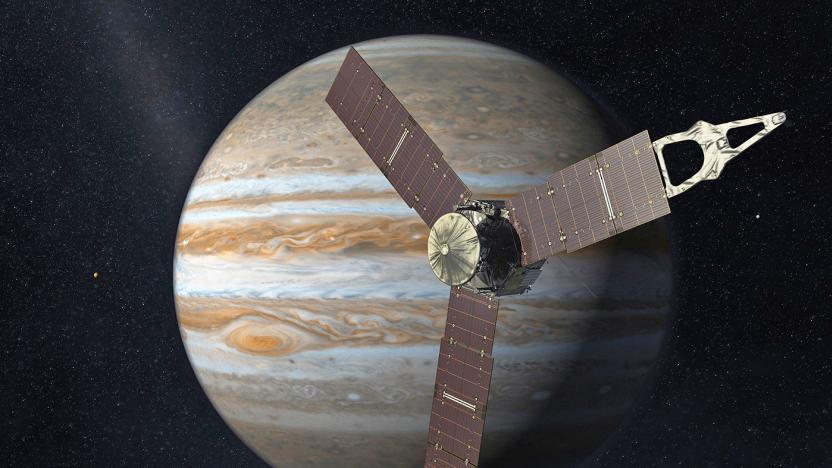
NASA is reviewing candidates for its next Solar System mission
NASA might be focusing on Mars recently, but it hasn't forgotten the rest of the Solar System. The agency has begun reviewing the 12 proposals it received for the New Frontiers program, the same one that gave rise to New Horizons, Juno and other notable unmanned missions. All the proposals will go through scientific and technical probing with the next seven months, with one or a few moving on to the next phase of the selection process. NASA will choose the best mission to develop in 2019 and will spend up to $1 billion to make it a reality.
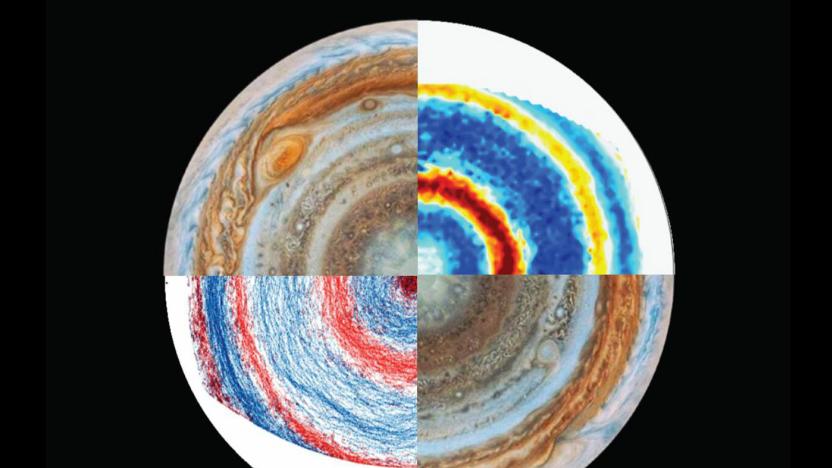
Scientists recreated Jupiter's chaotic atmosphere in the lab
Many scientists figure that Jupiter has a limited amount of ammonia that is mostly concentrated in the upper atmosphere. However, the Juno probe recently spotted plumes of the gas extending up to 65 miles deep, well below the outer clouds. A team from UCLA and France have created a physical lab simulation they believe helps explain why. By spinning water around in a tank and injecting turbulence, jets formed deep below the surface, much like the plumes Juno detected. The work could lead to computer simulations that help scientists better understand Jupiter data from upcoming Juno orbits.
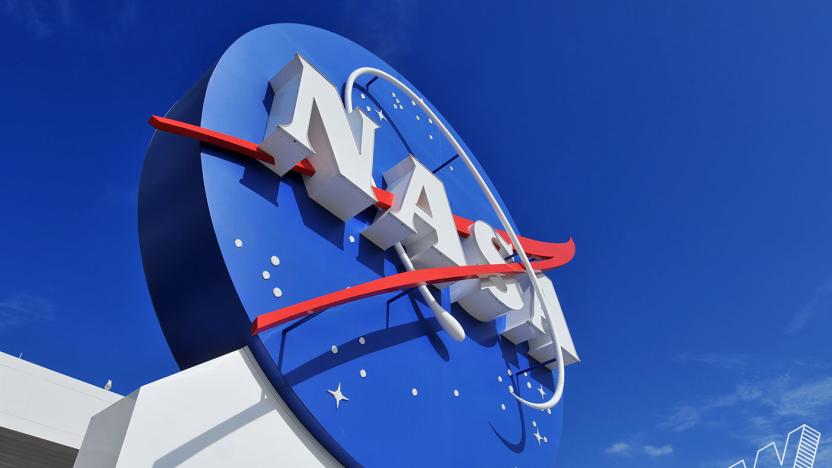
NASA dominated space and social media in 2016
"We all have a thirst for wonder," American astronomer Carl Sagan wrote in his sci-fi novel Contact. "It's a deeply human quality." And it's partly thanks to this "thirst" that NASA had the space game on lock this year, even though it doesn't have access to as much money as it used to. The agency stepped into 2016 armed with $19.3 billion in government funding. Yes, that's almost a $1 billion more than what the administration originally asked for, but it's also significantly lower than NASA's budget in previous years, when adjusted for inflation.
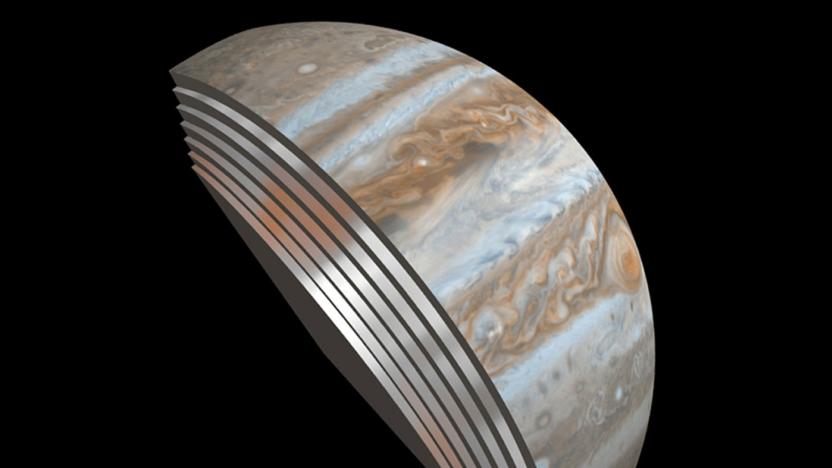
NASA's Juno probe napped through its latest Jupiter flyby
NASA's Jupiter probe was supposed gather data when it did a close flyby of the gas giant a few days ago. Alas, it suddenly switched off all its scientific instruments as it unexpectedly entered safe mode due to some engine troubles. Thankfully, it was a temporary setback: Juno is now back and ready to do science the next time it's scheduled to soar close to the planet (December 11th).

Juno's misbehaving engine means a change of plans around Jupiter
Three months ago, the Juno probe ended a years-long journey when it settled into orbit around Jupiter. Everything's just peachy with Juno's cameras -- as evidenced by these magnificent photos -- but it turns out its primary Leros 1b engine is having trouble. In preparation for a burn that would put Juno into its final orbit around the gas giant, the team at NASA's Jet Propulsion Laboratory punched up a sequence of commands late last week and saw (via telemetry) that a pair of helium check valves weren't working correctly.








